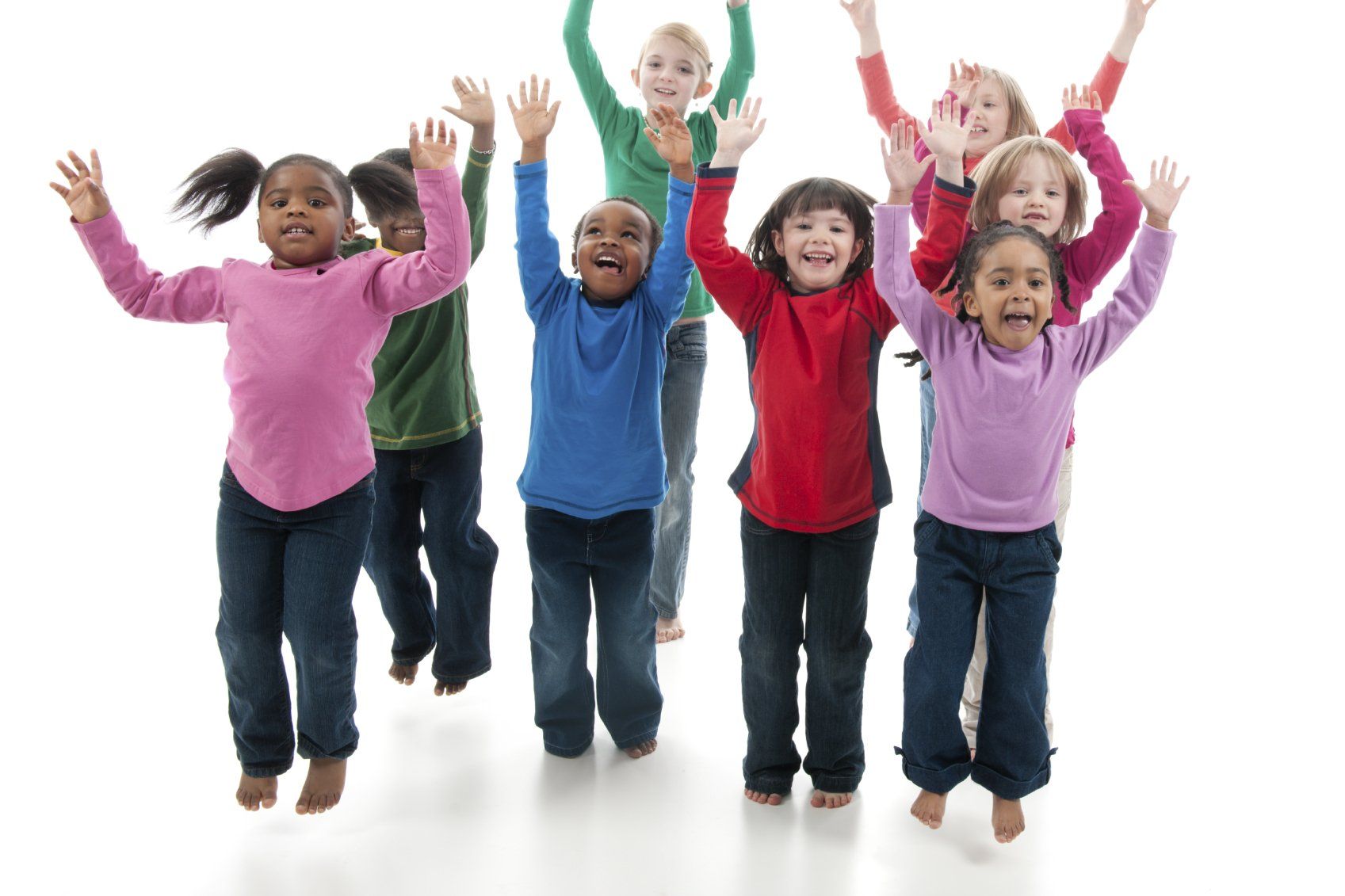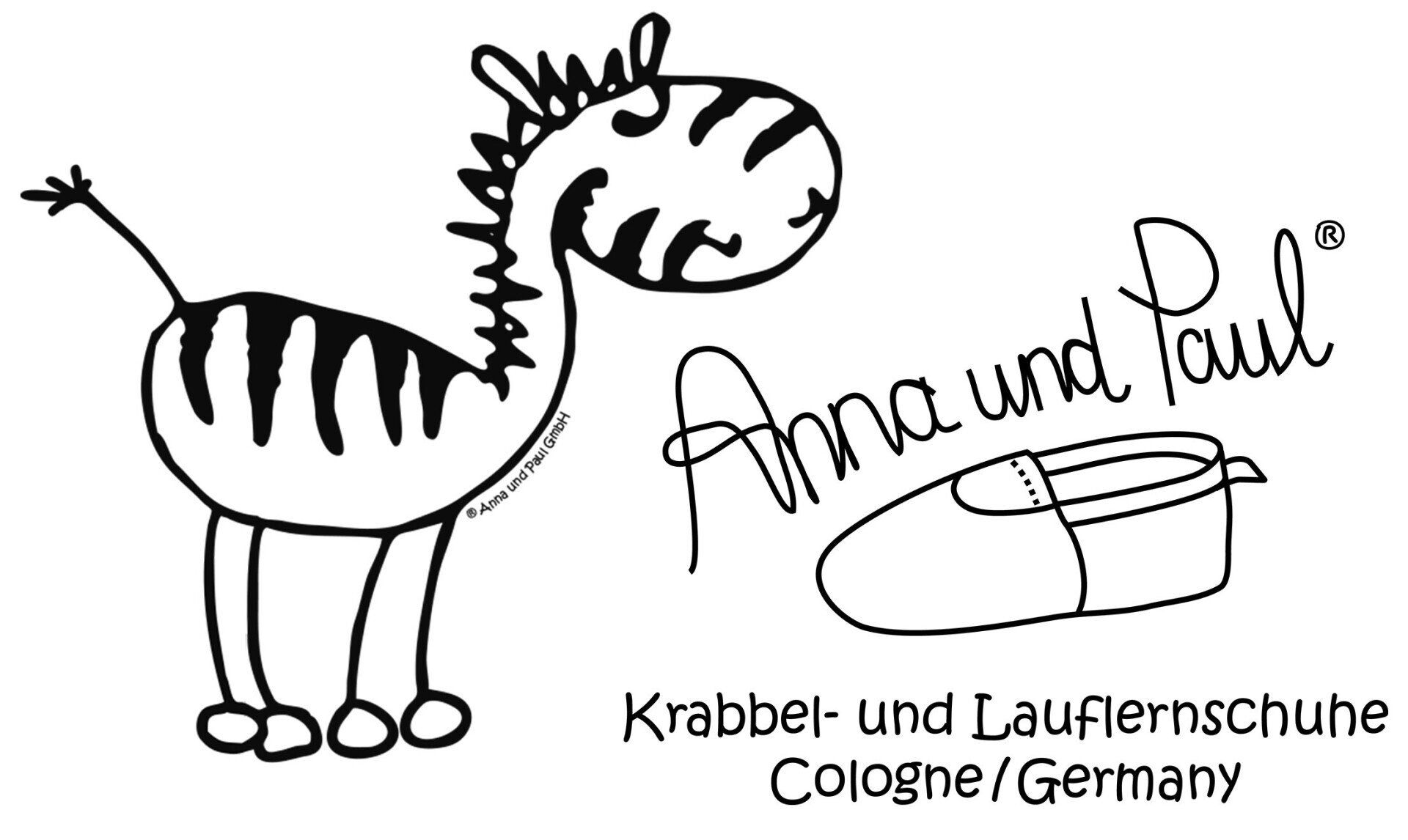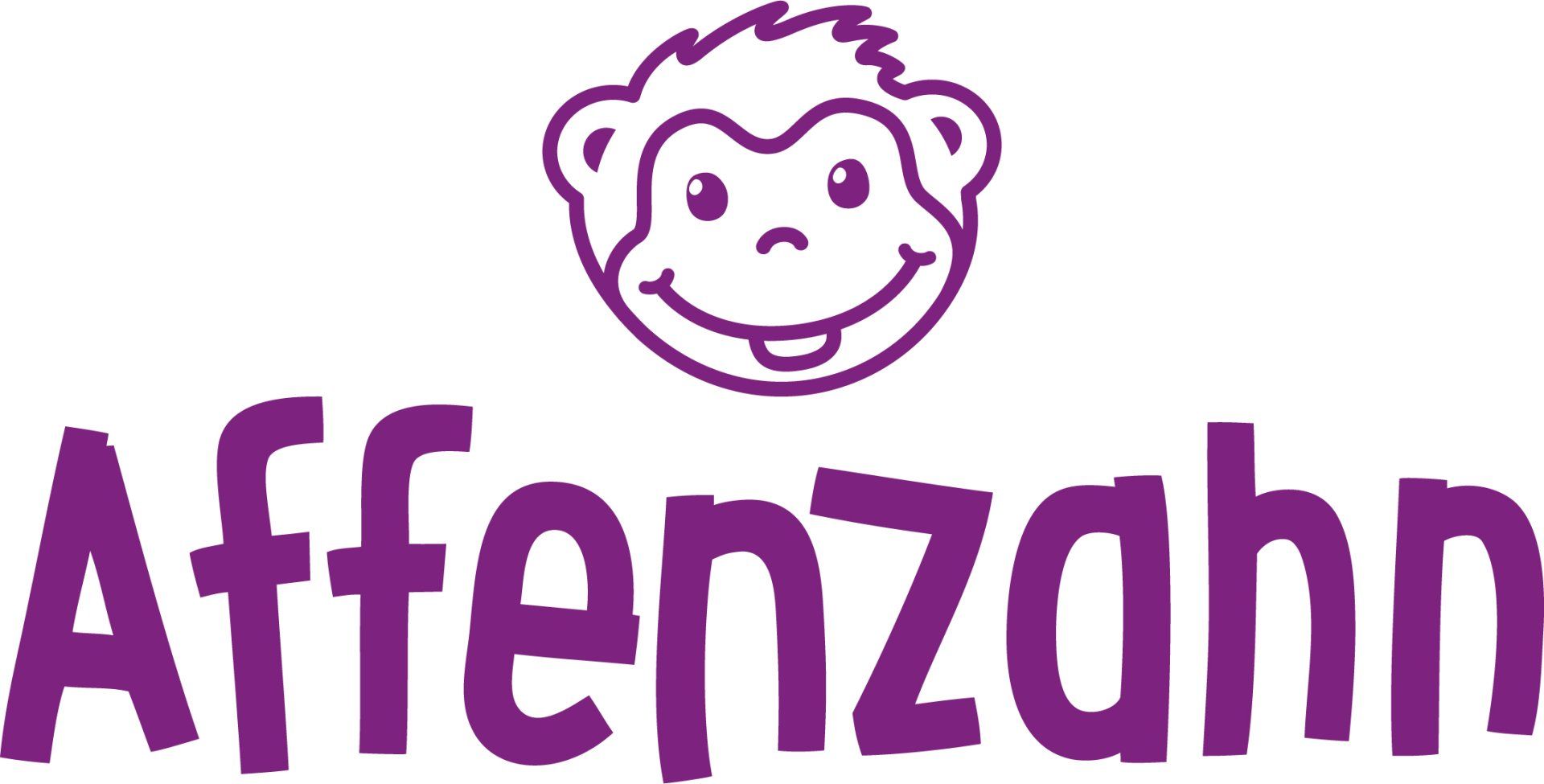Barefoot shoes for children
Appropriate and foot-healthy shoes from childhood are the basis for healthy feet in adulthood!
You learn to walk without shoes!
The first two years of your child's life are sooo exciting. It learns so many new things. And it is fascinating to observe the individual development steps: the first smile, the first porridge fight, the first time rolling, sitting upright and later crawling, the first words
and the first steps. This milestone in development is probably the greatest experience for every parent. It often takes months for your child to make the transition from swinging at the edge of the table to the first, still shaky, free steps.
Then the question slowly arises for the parents:
When do we buy our child's first shoes?
In general, children don't need shoes to learn to walk! The best way to learn to walk is barefoot, because that's the best way to learn and develop motor skills and sensory skills. If it's cold, of course with socks.
Shoes are first needed when your child walks freely and above all safely. Many parents are still unsure: The German Shoe Institute says 10 steps, on the Internet there are times of 3-6 weeks. The truth probably lies somewhere in between. We find the safe change of direction while running to be a good reference point. Of course, your lifestyle and the weather also play a role. Since you're out and about a lot, even when the weather is bad, you usually can't wait as long as the couch potatoes...
barefoot shoesare ideal for the healthy development of your feet to support child.
You can find out more about this below and also in the blog .
Barefoot shoes for children - what are they anyway?ru
Unlike conventional children's shoes, the lighter barefoot shoes have a soft and flexible sole and no difference in height between the heel and ball of the foot (also called a drop), which gives the feeling of not wearing shoes when walking.
Barefoot shoes without cushioning (pads) and an unnatural footbed take into account the anatomy of children's feet and ensure a natural development of the foot apparatus. In addition, your child's little toes have enough space in barefoot shoes and are not uncomfortably constricted.
As with walking without shoes, wearing barefoot shoes also strengthens and moves tendons, joints and muscles in your child's feet.
This supports your child's natural walking movement while still protecting their little feet from sharp stones, rough asphalt or other impassable surfaces.
What should be considered when buying shoes with children?
Tips for relaxed children's shoe shopping

1.
Feet must be properly measured. Either in a specialist shop, with the measuring devices in the shop or the wall line method (blog post planned)
2.
Please come to the specialist shop with a healthy, rested and full child. Children who feel ill or even have a fever belong at home and not in the shoe shop
3.
In order to prevent discussions with the children: determine in advance which shoes are required, and the child can then choose from among the appropriate ones
4.
does not make a state act out of the shoe purchase - with 27 pairs of shoes tried on and endless photos to dad in the office - it is only a decision for the next 3-4 months! More important than color and glitter is - the shoe fits!
Why barefoot shoes?
Here are our top 4
Walking barefoot is imitated
Children should explore their surroundings without shoes as often as possible. Because walking barefoot improves body coordination. Your child gets a better sense of their motor skills. The position of the toes is not changed unnaturally.
Furthermore, the sensory stimuli are perceived unadulterated via the soles of the feet and are processed. Your child will also get a completely natural foot massage - so the wellness program is included...
Nevertheless, shoes are essential for your child in everyday life or when the weather is not playing along.
In these cases, barefoot shoes for children are a healthy alternative to conventional children's shoes. As few shoes as possible - but as many shoes as necessary - is the motto here! The shoes protect against injuries caused by stones, broken glass etc.
lnatural gait is supported
Due to the flexible sole and the lack of height difference, children's feet come into much more intensive contact with the ground when running and are placed much flatter on the ground.
Since the feet can thus develop naturally and there are no supporting or cushioning elements at all, wearing barefoot shoes automatically trains children's natural gait. Normal shoes often lead to the fact that natural walking is downright worn out, which in turn can affect the body statics in old age and change the natural walking style.
fFoot muscles are strengthened
Children's feet are constantly growing and at the same time very adaptable. Conversely, this means that you can also squeeze yourself into shoes that are too tight or too small, but this weakens the foot muscles. The fatal thing about it: Children do not yet have a feeling of pressure in their feet, so that they would not even complain. Children do not notice whether the shoe fits or pinches!
Due to the freedom of movement in the anatomically shaped barefoot shoes, the children have enough space to move and develop freely and naturally. Tendons, muscles and joints in the feet are trained in a natural way.
Misalignments and poor posture are prevented
In the long term, wearing the wrong shoes can lead to serious problems in adolescence and adulthood: malpositions, joint inflammation, circulatory disorders in the legs and feet or tendonitis. O-legs or knock-knees in particular, as well as misaligned toes, are often the result of the wrong footwear, as natural freedom of movement is restricted and the toes have too little space in the shoes and are constricted. Due to the ergonomic shape of the barefoot shoes, postural defects and the associated back problems and pain are prevented in a completely natural way, in addition to malpositions. Because the problem is usually with the soles: Due to the difference in height between heel and ball of foot (heel, heel lift), the muscles and spine also lose elasticity over time, which can then lead to tension and even displacement.
We are there!
Still questions?
Take a look at the blog. We will continuously add new information worth knowing. Or write to us!













